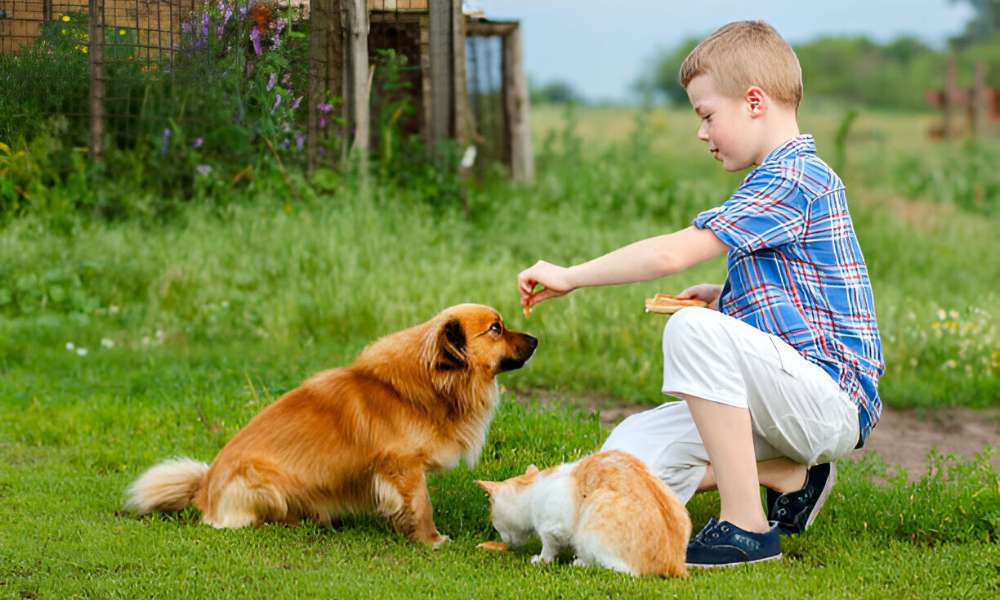Dealing with a flea infestation in your outdoor space can be a daunting task, but learning how to get rid of fleas in your backyard is crucial for maintaining a healthy and comfortable environment for your family and pets. Not only do fleas pose a significant health risk, transmitting diseases and causing allergic reactions, but eliminating them can also enhance the enjoyment of your outdoor spaces. By employing effective strategies and natural remedies, you can successfully eradicate fleas and prevent future infestations. This guide will walk you through the most efficient methods to get rid of fleas in your backyard, ensuring a safer and more pleasant outdoor experience.
How Long Does It Take To Get Rid Of Fleas?
The time it takes to get rid of fleas can vary depending on the severity of the infestation and the methods used for treatment. In general, it can take anywhere from a few weeks to a few months to completely eliminate fleas from your home.
Can Fleas Survive Winter?
Yes, fleas can survive winter, especially if they find a warm and cozy environment to shelter in. While cold temperatures can slow down flea activity, they are resilient pests that can survive by hibernating or seeking refuge indoors. Fleas on outdoor animals may also seek warmth by burrowing into their fur or finding shelter in animal bedding.
Prevention Tips
1. Regular Lawn Maintenance
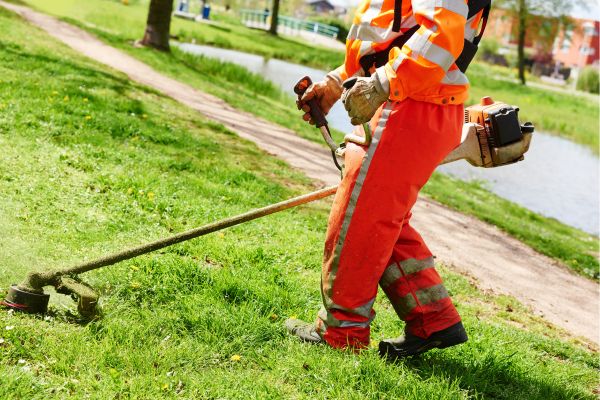
Fleas thrive in tall grass and debris, so keeping your lawn well-manicured is a vital preventative measure. Mow your lawn frequently and ensure you dispose of clippings and leaves promptly. By reducing the shaded, humid areas where fleas flourish, you create an environment that is less hospitable to these pests. Additionally, consider using nematodes, which are beneficial microscopic worms that naturally reduce flea populations by preying on their larvae.
2. Pet Protection
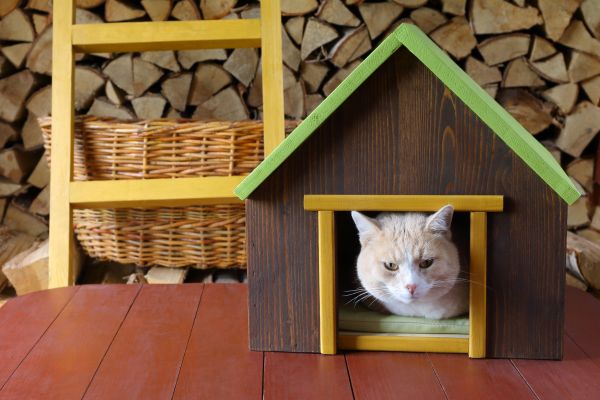
Pet protection is another crucial step in your quest to get rid of fleas in your backyard. Since pets can easily pick up fleas and transport them into your home and yard, it’s important to maintain a strict flea control regimen. Use flea collars, topical treatments, or oral medications as recommended by your veterinarian. Regular grooming and bathing of your pets can help detect and eliminate fleas early. Washing pet bedding and vacuuming areas where your pets frequent will also help keep the flea population under control.
3. Wildlife Control
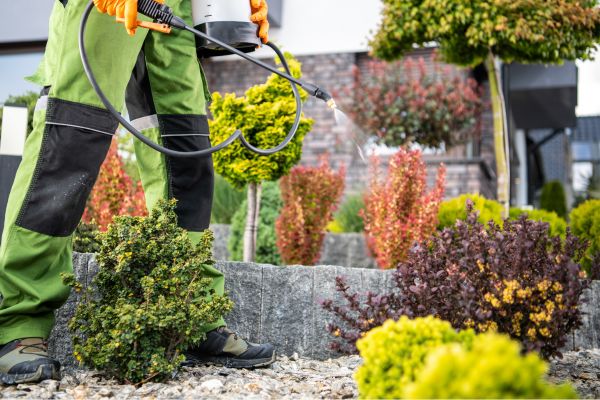
Wildlife control plays a significant role in preventing fleas from infesting your backyard. Wild animals such as raccoons, opossums, and feral cats often carry fleas and can introduce them into your yard. To deter these animals, secure trash cans with tight-fitting lids and avoid leaving pet food outside. Installing fencing or using motion-activated lights and sprinklers can help keep wildlife at bay. By managing the presence of wild animals, you reduce the risk of fleas entering and establishing themselves in your backyard, making it easier to maintain a flea-free environment.
Spotting Fleas On Pets
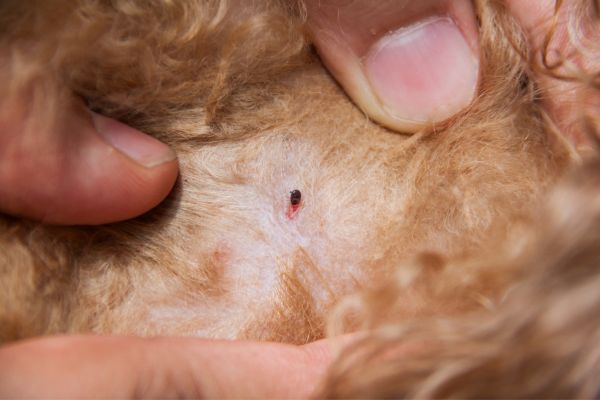
Spotting fleas on your pets is a crucial first step in your mission to get rid of fleas in your backyard. Fleas are small, dark brown insects that can often be seen moving quickly through your pet’s fur. Symptoms of a flea infestation on pets include excessive scratching, red bumps, and flea dirt, which looks like tiny black specks. Regularly inspecting your pets, especially after they spend time outdoors, helps in early detection. Using a flea comb can help you spot these pests and take swift action to treat and prevent further infestation.
Human Reactions To Flea Bites
Understanding human reactions to flea bites is essential when trying to get rid of fleas in your backyard. Flea bites typically appear as small, red, itchy bumps, often in clusters or lines. They can cause significant discomfort and, in some cases, allergic reactions or secondary infections from scratching. Being aware of these symptoms can help you identify a flea problem quickly. Addressing flea bites promptly and maintaining a flea-free environment is vital for protecting your family’s health and well-being.
Integrated Pest Management

Integrated Pest Management (IPM) is a holistic approach to pest control that focuses on prevention and environmentally-friendly methods. One innovative way to implement IPM in your backyard is by building a mini pond. Mini ponds attract beneficial insects, such as dragonflies and ladybugs, which can help naturally control pests like mosquitoes and aphids. By creating a mini ecosystem with plants and water, you can encourage biodiversity and create a balanced environment that minimizes the need for chemical pesticides.
Dealing With Flea Infestations
Once you’ve identified a flea infestation, taking immediate action is key to getting rid of fleas in your backyard. Begin by treating your pets with appropriate flea control products, such as topical treatments, oral medications, or flea collars. Simultaneously, focus on your outdoor space by applying flea sprays or granules designed for yard use. These products can help kill fleas at all stages of their life cycle. Additionally, consider using nematodes, a natural predator of fleas, to further reduce their population in your yard.
Encouraging Flea-Free Practices

Implementing flea-free practices is essential for maintaining a flea-free backyard. Regularly washing your pets’ bedding and vacuuming areas where they spend time can significantly reduce flea populations. Encourage family members and visitors to check their pets for fleas before entering your yard. Creating a barrier of cedar chips around your yard can also deter fleas, as they dislike the scent of cedar. By adopting these proactive measures, you can ensure a long-term solution to get rid of fleas in your backyard.
Sharing Resources
Sharing resources and information with your community can enhance efforts to get rid of fleas in your backyard. Educate your neighbors about effective flea control methods and encourage them to take similar actions. By working together, you can create a larger flea-free zone and reduce the overall flea population in your area. Online forums, local pet groups, and social media platforms are excellent venues for sharing tips and experiences. A collective effort can make it easier to achieve and maintain a flea-free backyard for everyone.
The Final Thought
Effectively getting rid of fleas in your backyard requires a combination of preventive measures and targeted treatments. Regularly mowing the lawn, removing debris, and keeping the area clean can help deter flea infestations. Utilizing natural remedies such as diatomaceous earth or nematodes can also be effective in controlling flea populations. Additionally, treating pets regularly with flea preventatives is crucial to prevent reinfestation. By implementing these strategies consistently and diligently, you can ensure a flea-free backyard for you and your furry friends to enjoy. Take action now to create a pest-free outdoor space for a healthier environment overall.
